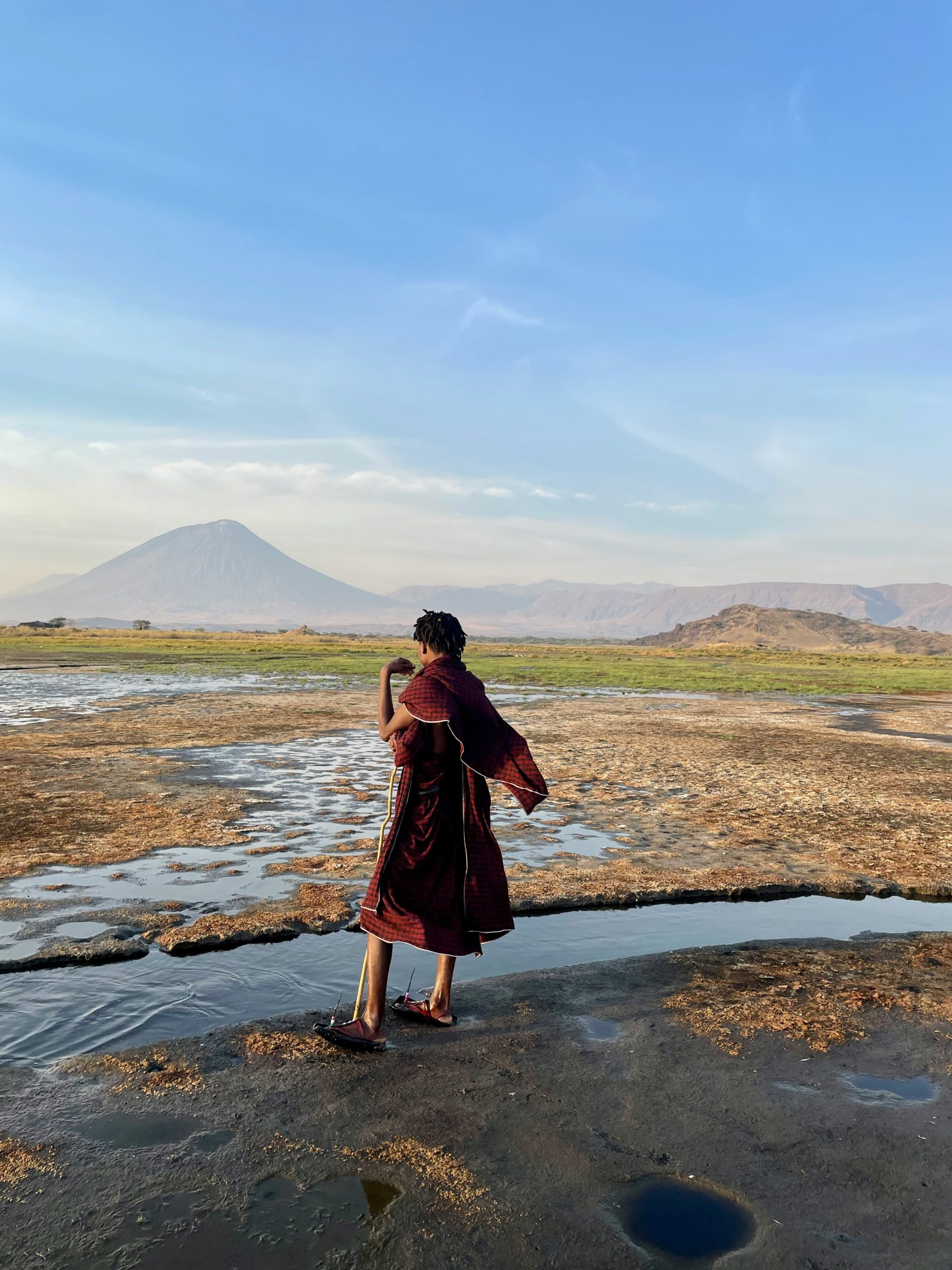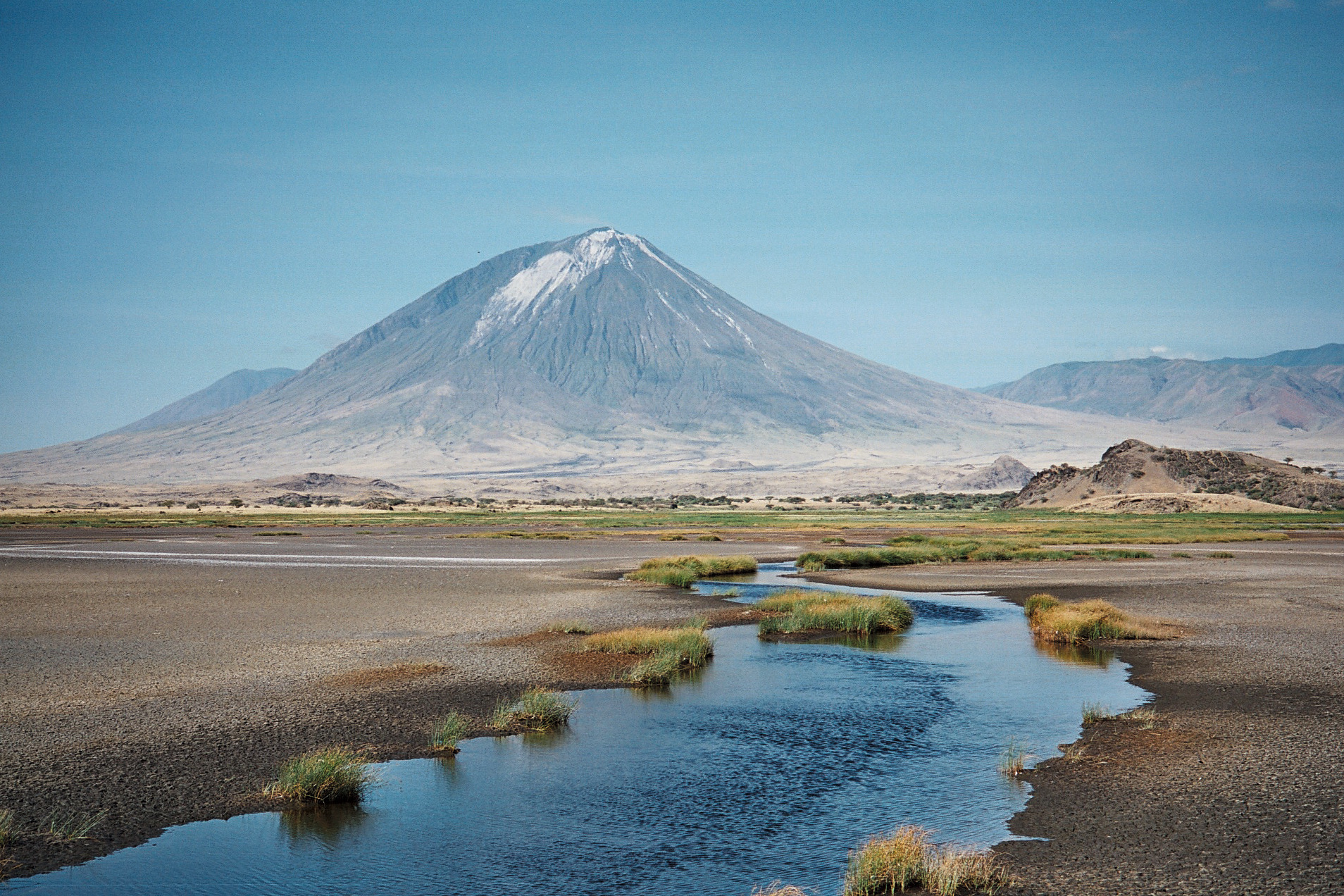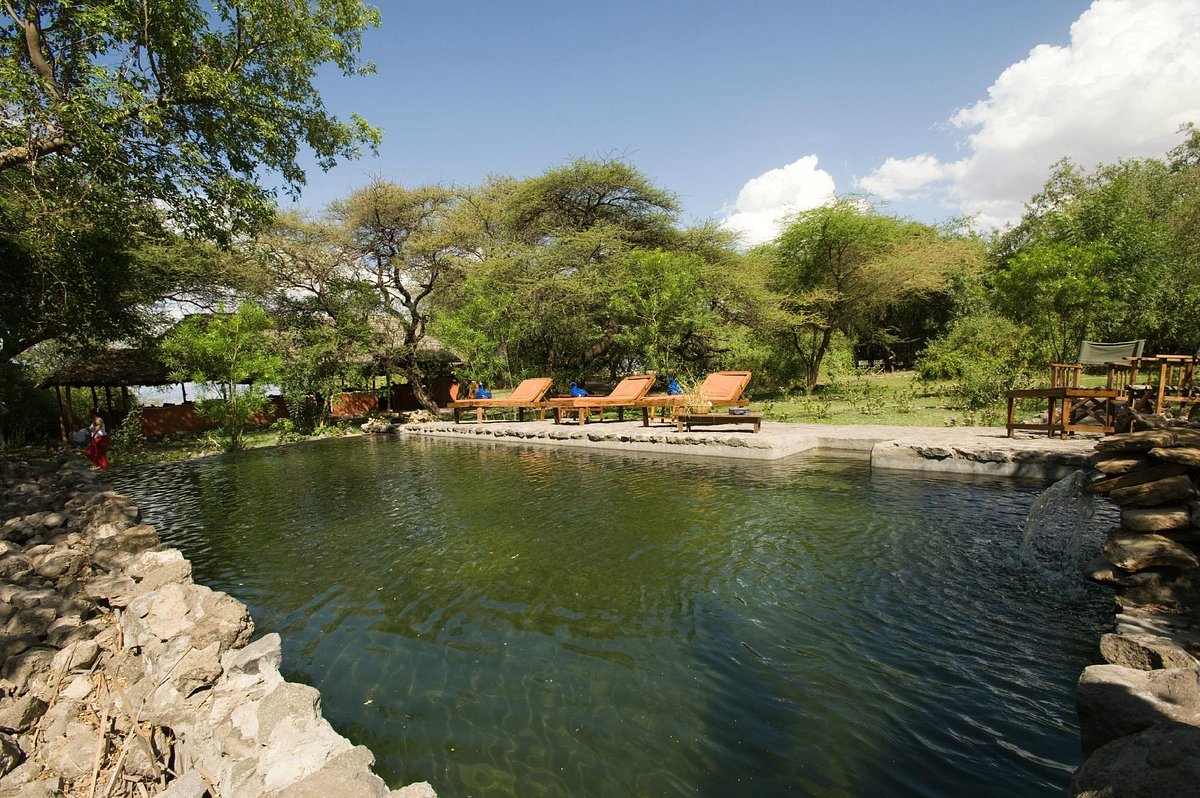Welcome to the Lake Natron area, a region of stark, otherworldly beauty dominated by the highly alkaline Lake Natron and the imposing Ol Doinyo Lengai volcano
Lake Natron (Game Controlled Area / Ramsar Site)
Discover an Otherworldly Landscape of Soda and Fire
Welcome to the Lake Natron area, a region of stark, otherworldly beauty dominated by the highly alkaline Lake Natron and the imposing Ol Doinyo Lengai volcano. This shallow soda lake, fed by mineral-rich hot springs and the Ewaso Ng’iro River, is famous for its vibrant red and pink hues, a result of salt-loving microorganisms and algae that thrive in its caustic waters. It is the most significant breeding site in the world for Lesser Flamingos. The surrounding landscape is arid, dramatic, and deeply intertwined with Maasai culture.
A visit to Lake Natron offers a journey into a unique and harsh environment, promising surreal landscapes, incredible flamingo spectacles, challenging adventures like climbing Ol Doinyo Lengai, and insights into resilient Maasai life.

Why Visit Lake Natron?
Witness hundreds of thousands, sometimes millions, of Lesser Flamingos nesting on salt islands (seasonal).
The crimson-colored lake, vast soda flats, and volcanic scenery create a unique photographic paradise.
The imposing, active "Mountain of God" dominates the southern skyline and offers a challenging trek (covered separately).
Hike through a scenic gorge to a series of refreshing waterfalls where you can swim.
Visit the Engare Sero site where remarkably preserved human ancestor footprints (approx. 120,000 years old) have been discovered.
Engage with local Maasai communities who inhabit this harsh environment.
Offers an off-the-beaten-path experience.
The Kilimanjaro Climbing Spectacle
Lake Natron’s extreme alkalinity makes it inhospitable to most life, but this very characteristic creates a perfect, predator-free breeding haven for Lesser Flamingos.
Flamingo Breeding Season (Typically August – October/November): This is when flamingo numbers peak as they gather to build mud nests and raise their chicks on the expansive salt flats. The sight and sound of vast flocks is unforgettable.
Year-Round Flamingo Presence: While breeding is seasonal, flamingos are present year-round, feeding on the spirulina algae that thrive in the lake.
Varying Water Levels & Colors: The lake’s appearance changes dramatically with water levels and microbial activity, ranging from deep reds and pinks to oranges and whites where salt crusts form.
Caustic Waters: The lake’s high pH (can exceed 10.5) can burn the skin of animals not adapted to it, which is why it’s a safe nesting ground for flamingos. Visitors should avoid direct, prolonged contact with the water.
Walking on the Flats: Guided walks near the lake shore (at safe distances) are possible to observe flamingos and the unique environment.
Best Time to Visit Lake Natron
Dry Season (June - October)
- Peak Flamingo Breeding Season: Generally aligns with these months, offering the most spectacular flamingo congregations.
- Hot and dry weather, but often more manageable than the peak heat.
- Clearer views of Ol Doinyo Lengai.
- Road conditions to reach Lake Natron are usually better.
Shoulder/Hotter Dry Season (December - February)
- Still dry, but can be extremely hot. Flamingos are present but breeding activity might be reduced or over.
- Good for climbing Ol Doinyo Lengai (cooler nights).
Wet Seasons (March - May & November)
- Rain can make the area lush but also make roads impassable.
- The lake may be fuller, potentially dispersing flamingos or making nesting sites less accessible.
- Some camps may close or have limited operations.
- Views can be obscured by cloud cover.
Activities around Lake Natron
Flamingo Viewing Walks: Guided walks along the lake shores to observe flamingo flocks (maintaining a respectful distance).
Climbing Ol Doinyo Lengai: A strenuous night climb to the summit of the active volcano (covered as a separate mountain entry).
Engare Sero Waterfall Hike: A refreshing walk/wade up a river gorge to a series of waterfalls.
Visit Engare Sero Footprints: See the ancient hominid footprints (requires a guide).
Maasai Cultural Experiences: Visit local Maasai bomas, learn about their traditions, and interact with the community (arrange responsibly).
Bird Watching: Besides flamingos, other specialized birdlife can be found in the area.
Exploring the Rift Valley Landscape: The stark, volcanic scenery is impressive in itself.


